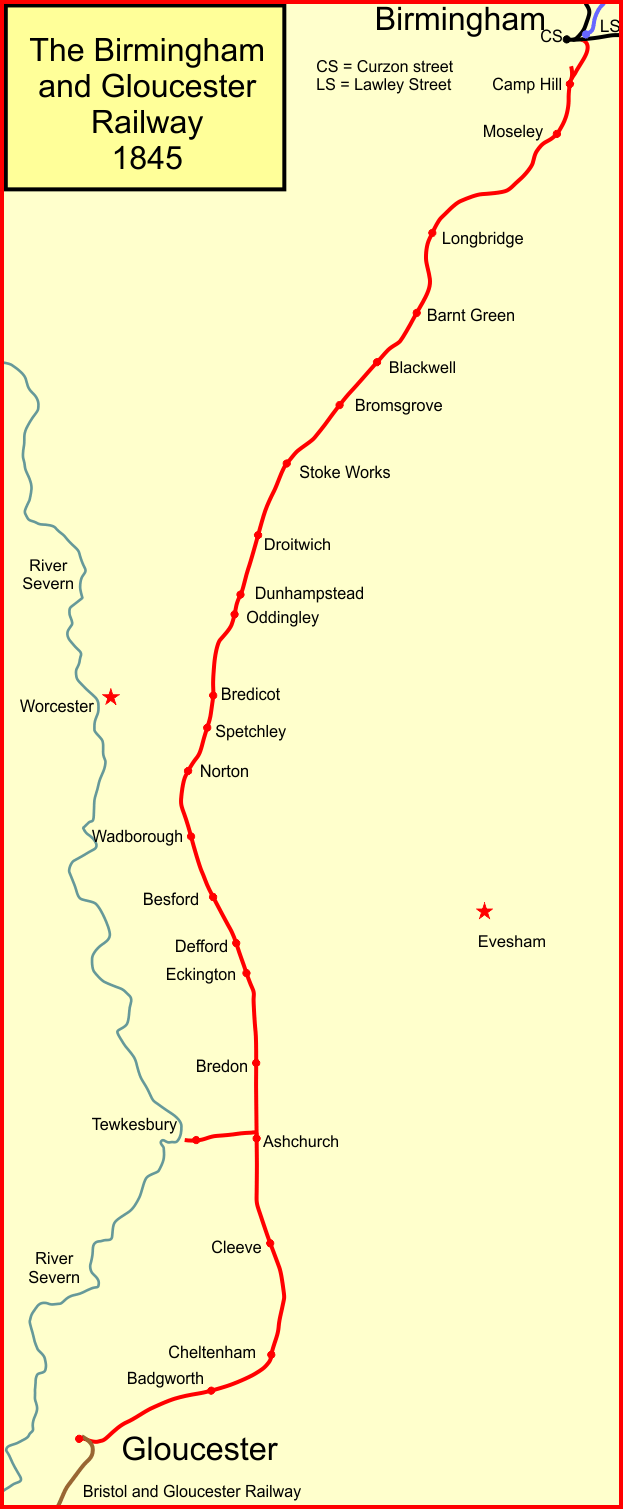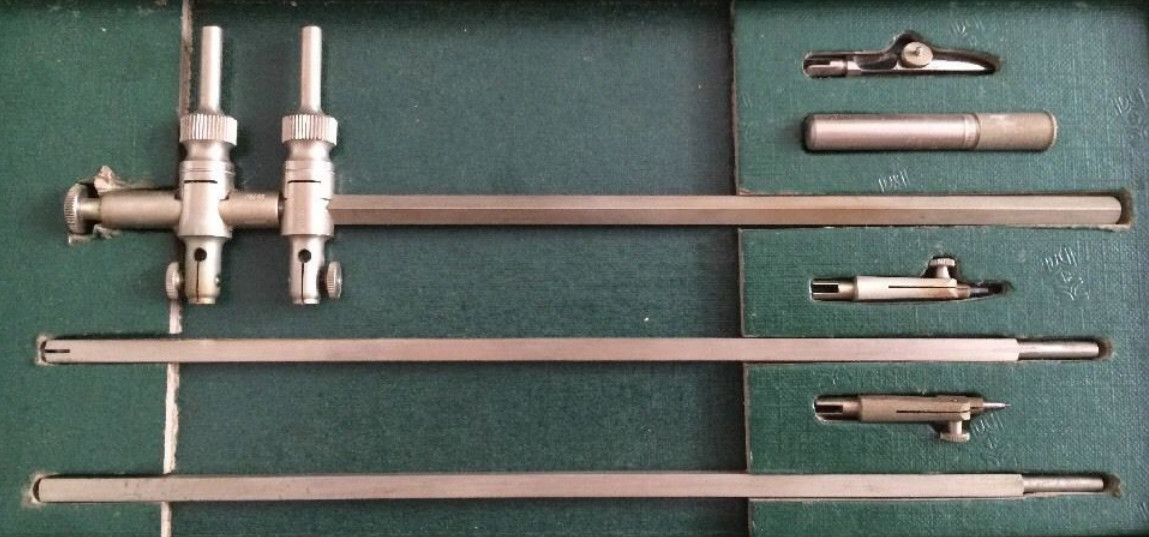|
Cyclograph
A cyclograph (also known as an arcograph) is an instrument for drawing arcs of large diameter circles whose centres are inconveniently or inaccessibly located, one version of which was invented by Scottish architect and mathematician Peter Nicholson. Description In his autobiography, published in 1904, polymath Herbert Spencer eloquently describes his own near re-invention of Nicholson's cyclograph while working as a civil engineer for the Birmingham and Gloucester Railway. See also * Spirograph Spirograph is a geometric drawing device that produces mathematical roulette curves of the variety technically known as hypotrochoids and epitrochoids. The well-known toy version was developed by British engineer Denys Fisher and first sold in ... References {{reflist, colwidth=30em Technical drawing tools ... [...More Info...] [...Related Items...] OR: [Wikipedia] [Google] [Baidu] |
Spirograph
Spirograph is a geometric drawing device that produces mathematical roulette curves of the variety technically known as hypotrochoids and epitrochoids. The well-known toy version was developed by British engineer Denys Fisher and first sold in 1965. The name has been a registered trademark of Hasbro Inc. since 1998 following purchase of the company that had acquired the Denys Fisher company. The Spirograph brand was relaunched worldwide in 2013, with its original product configurations, by Kahootz Toys. History In 1827, Greek-born English architect and engineer Peter Hubert Desvignes developed and advertised a "Speiragraph", a device to create elaborate spiral drawings. A man named J. Jopling soon claimed to have previously invented similar methods. When working in Vienna between 1845 and 1848, Desvignes constructed a version of the machine that would help prevent banknote forgeries, as any of the nearly endless variations of roulette patterns that it could produce were ... [...More Info...] [...Related Items...] OR: [Wikipedia] [Google] [Baidu] |
Arc (geometry)
In mathematics, a curve (also called a curved line in older texts) is an object similar to a line, but that does not have to be straight. Intuitively, a curve may be thought of as the trace left by a moving point. This is the definition that appeared more than 2000 years ago in Euclid's ''Elements'': "The urvedline is ��the first species of quantity, which has only one dimension, namely length, without any width nor depth, and is nothing else than the flow or run of the point which ��will leave from its imaginary moving some vestige in length, exempt of any width." This definition of a curve has been formalized in modern mathematics as: ''A curve is the image of an interval to a topological space by a continuous function''. In some contexts, the function that defines the curve is called a ''parametrization'', and the curve is a parametric curve. In this article, these curves are sometimes called ''topological curves'' to distinguish them from more constrained curves suc ... [...More Info...] [...Related Items...] OR: [Wikipedia] [Google] [Baidu] |
Circle
A circle is a shape consisting of all points in a plane that are at a given distance from a given point, the centre. Equivalently, it is the curve traced out by a point that moves in a plane so that its distance from a given point is constant. The distance between any point of the circle and the centre is called the radius. Usually, the radius is required to be a positive number. A circle with r=0 (a single point) is a degenerate case. This article is about circles in Euclidean geometry, and, in particular, the Euclidean plane, except where otherwise noted. Specifically, a circle is a simple closed curve that divides the plane into two regions: an interior and an exterior. In everyday use, the term "circle" may be used interchangeably to refer to either the boundary of the figure, or to the whole figure including its interior; in strict technical usage, the circle is only the boundary and the whole figure is called a '' disc''. A circle may also be defined as a special ki ... [...More Info...] [...Related Items...] OR: [Wikipedia] [Google] [Baidu] |
Peter Nicholson (architect)
Peter Nicholson (20 July 1765 – 18 June 1844) was a Scottish architect, mathematician and engineer. Largely self-taught, he was apprenticed to a cabinet-maker but soon abandoned his trade in favour of teaching and writing. He practised as an architect but is best remembered for his theoretical work on the skew arch (he never actually constructed one himself), his invention of draughtsman's instruments, including a centrolinead and a cyclograph, and his prolific writing on numerous practical subjects. Biography Early life Born in 1765 in the parish of Prestonkirk, East Lothian, Peter Nicholson was the son of a stonemason. Largely self-taught and excelling in the field of mathematics, he received only a rudimentary formal education, studying under a Mr Richardson, brother of architect George Richardson, at the local parish school from the age of nine until he left, aged 12, to assist his father in the family business. During this time he amused himself by making drawin ... [...More Info...] [...Related Items...] OR: [Wikipedia] [Google] [Baidu] |
Herbert Spencer
Herbert Spencer (27 April 1820 – 8 December 1903) was an English philosopher, psychologist, biologist, anthropologist, and sociologist famous for his hypothesis of social Darwinism. Spencer originated the expression "survival of the fittest", which he coined in ''Principles of Biology'' (1864) after reading Charles Darwin's 1859 book ''On the Origin of Species''. The term strongly suggests natural selection, yet Spencer saw evolution as extending into realms of sociology and ethics, so he also supported Lamarckism. Riggenbach, Jeff (24 April 2011The Real William Graham Sumner, Mises Institute. Spencer developed an all-embracing conception of evolution as the progressive development of the physical world, biological organisms, the human mind, and human culture and societies. As a polymath, he contributed to a wide range of subjects, including ethics, religion, anthropology, economics, political theory, philosophy, literature, astronomy, biology, sociology, and psychology ... [...More Info...] [...Related Items...] OR: [Wikipedia] [Google] [Baidu] |
Civil Engineer
A civil engineer is a person who practices civil engineering – the application of planning, designing, constructing, maintaining, and operating infrastructure while protecting the public and environmental health, as well as improving existing infrastructure that may have been neglected. Civil engineering is one of the oldest engineering disciplines because it deals with constructed environment including planning, designing, and overseeing construction and maintenance of building structures, and facilities, such as roads, railroads, airports, bridges, harbors, channels, dams, irrigation projects, pipelines, power plants, and water and sewage systems. The term "civil engineer" was established by John Smeaton in 1750 to contrast engineers working on civil projects with the military engineers, who worked on armaments and defenses. Over time, various sub-disciplines of civil engineering have become recognized and much of military engineering has been absorbed by civil engineering. ... [...More Info...] [...Related Items...] OR: [Wikipedia] [Google] [Baidu] |
Birmingham And Gloucester Railway
The Birmingham and Gloucester Railway (B&GR) was the first name of the railway linking the cities in its name and of the company which pioneered and developed it; the line opened in stages in 1840, using a terminus at Camp Hill in Birmingham. It linked with the Bristol and Gloucester Railway in Gloucester, but at first that company's line was broad gauge, and Gloucester was a point of the necessary but inconvenient transhipment of goods and passengers onto gauge that became the national standard. Nearly all of the original main line remains active as a "trunk" route, also known as an arterial route or line. Its main line incorporated the Lickey Incline of track climbing a 1-in-37 (2.7%) gradient, northbound (and descending in the other). The climb was a challenge or impediment for many of the heaviest loads and weaker engines during the era of steam traction. Having attracted its own patronage, capital and accomplished fully functional transformation and employment of land, ... [...More Info...] [...Related Items...] OR: [Wikipedia] [Google] [Baidu] |
Beam-compass
A beam compass is a compass with a beam and sliding sockets or cursors for drawing and dividing circles larger than those made by a regular pair of compasses. The instrument can be as a whole, or made on the spot with individual sockets (called trammel points) and any suitable beam. Draftsman's beam compass A draftsman's beam compass consists of a set of points and holders, mounted on a plated brass, aluminum, or German 'silver' rod. One end is generally locked down at the end of the rod, while the other has both rough and fine adjustments, though some are opposite in construction. The locked tip holder consists of a needle, for the centre of the radius, and the other holds either a lead clutch, or an inking nib. There are older variants which use a wooden beam. Another similar type is a Machinist or Engineers beam compass, which uses scribing points only, similar to ones used by woodworkers, except that its fine adjustment is generally more refined. These beam compasses can ... [...More Info...] [...Related Items...] OR: [Wikipedia] [Google] [Baidu] |



